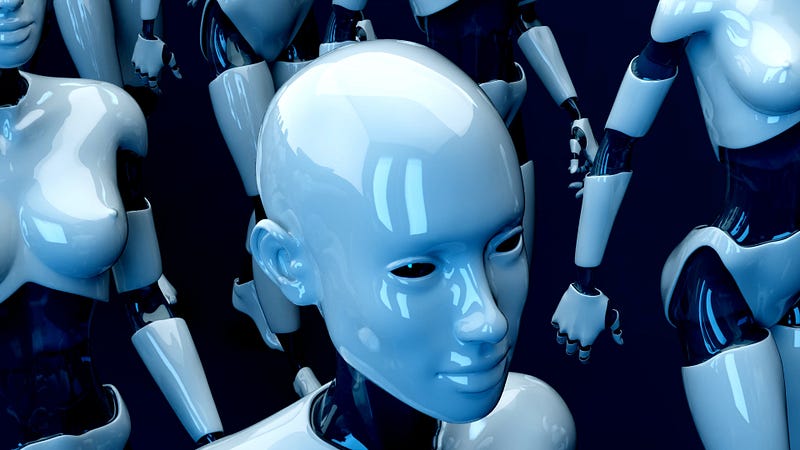Exploring the Impact of ChatGPT on Technology Interaction
Written on
Chapter 1: Introduction to ChatGPT
ChatGPT represents a specialized version of the GPT (Generative Pre-training Transformer) language model, developed by OpenAI. Unlike other GPT models, which can generate various forms of text, ChatGPT has been fine-tuned to produce conversational text, making it particularly effective for chatbots and interactive applications.
Section 1.1: Mechanism of ChatGPT
ChatGPT is trained on an extensive collection of textual data, including books, articles, and online content. This training enables it to grasp the nuances and structures of human language, allowing it to generate coherent and natural responses. When a user inputs a prompt, ChatGPT utilizes its training to craft a reply that aligns with the context and language of the prompt.
One notable aspect of ChatGPT is its proficiency in generating chat-like responses. By being trained on a dataset rich in conversational exchanges, it can produce text that fits the tone and context of a dialogue, ensuring that responses are relevant and appropriate.
Subsection 1.1.1: Potential Applications of ChatGPT

ChatGPT's versatility allows it to be applied in various domains, such as:
- Customer Support Chatbots: ChatGPT can facilitate chatbots that address customer queries and complaints, delivering quick and accurate information.
- Virtual Assistants: It can power virtual assistants capable of engaging in human-like conversations, assisting with tasks like scheduling or providing recommendations.
- Conversational Interfaces: ChatGPT can create chat-based interactions for numerous platforms, from e-commerce sites to social media, enabling users to communicate naturally rather than navigating through complex menus.
Section 1.2: Limitations of ChatGPT
While ChatGPT boasts impressive capabilities, it is crucial to recognize its limitations:
- Lack of True Understanding: Despite its ability to generate human-like text, ChatGPT does not possess genuine comprehension or consciousness. It functions purely as a text generation tool based on learned patterns.
- Challenges with Unfamiliar Prompts: ChatGPT excels with familiar prompts but may struggle with those that are significantly different from its training examples, potentially leading to incoherent responses.
- Potential for Bias: The quality of ChatGPT's output is directly tied to its training data. If that data contains biased or inappropriate language, the generated responses may reflect those biases.
Chapter 2: Future Prospects
The first video titled "How ChatGPT is Changing the Way We Work" delves into the transformative effects of ChatGPT on workplace dynamics and communication.
The second video, "ChatGPT Is Changing The WAY We Work Forever!" explores the long-term implications of ChatGPT on job roles and efficiency.
In conclusion, ChatGPT serves as a powerful tool for generating chat-based interactions, with applications ranging from customer service to virtual assistance. Its ability to produce coherent responses enhances our interactions with technology, though it is essential to remain mindful of its limitations. The future may hold exciting advancements as additional AI technologies integrate with ChatGPT, potentially leading to an even deeper understanding of context and meaning in user prompts.

For further inquiries or to connect, feel free to reach out to me at [email protected]. I hope this overview has provided valuable insights into ChatGPT and its myriad applications!